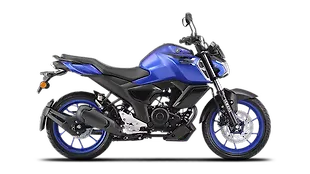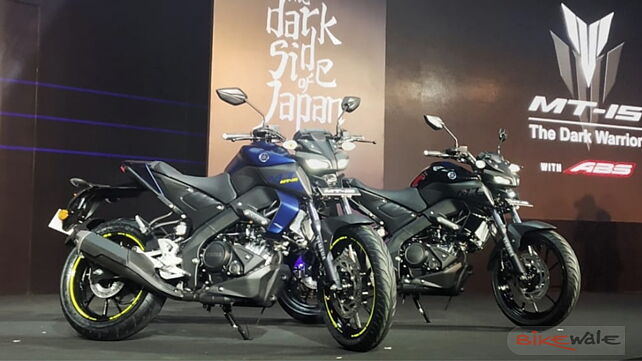
Yamaha India has launched the all-new naked streetbike, the MT-15 in India. The motorcycle has been priced at 1.36 lakhs (ex-showroom, Delhi). The MT-15 is the company’s second offering in its MT series, the first being the middle-weight MT-09. The motorcycle is offered in two colour schemes - metallic black and dark matte blue. Here are the top five highlights of the new offering from the Japanese brand.
Design
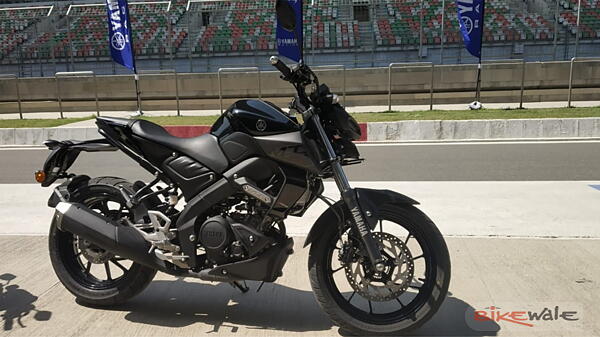
The MT-15 is a naked streetbike sporting a minimalistic design. It features a Bi-functional LED headlamp flanked by a pair of LED DRLs giving it a predator-type look. It gets a sculpted tank with prominent tank extensions, wide handlebar and LED taillamp unit. The bike features a petite tail section that ends with the edge of the seat.
155cc motor with Variable Valve Actuation
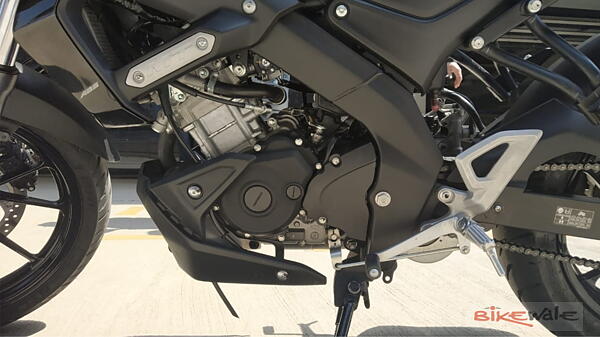
The MT-15 is powered by the same 155cc liquid-cooled single-cylinder 4-valve motor that does duty in the YZF-R15 V3.0. The motor features Variable Valve Actuation (VVA) technology which changes the cam profile at 6000rpm to achieve a linear acceleration with strong performance characteristics. The motor is capable of producing 19bhp of max power and 14.7Nm of peak torque.
Negative LCD display with gear position indicator
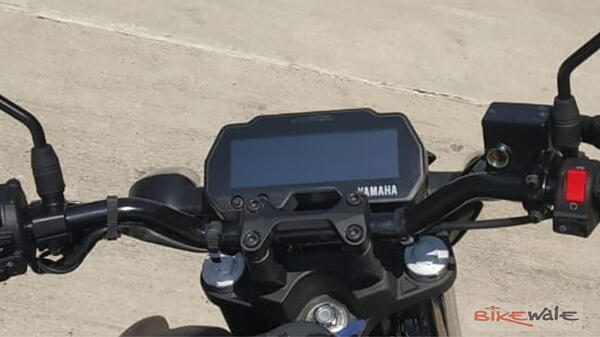
The MT-15 features an all-digital instrument console like the R15 V3 but with an inverted display. The console displays a plethora of information comprising of a tacho, speedo, trip meters, fuel gauge, time and a gear shift indicator. It also packs an instantaneous fuel consumption indicator, average fuel consumption and a shift-light positioned above the display.
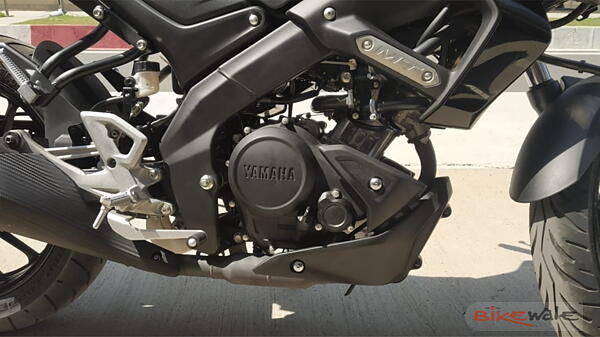
Like the R15 V3.0, the MT-15 comes equipped with an assist and slipper clutch. This mechanism not only reduces the negative engine torque under hard downshifting to prevent the rear wheel lock-up, but it also increases the clamping force of the clutch during acceleration.
Deltabox frame
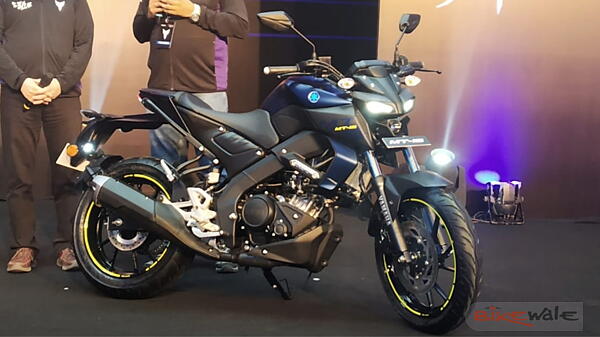
Derived from litre-class R1, the MT-15 is built around Yamaha’s Deltabox frame that offers excellent rigidity along with strong handling characteristics. The construction of the frame is done in such a manner that the locations with extreme stress are reinforced with thick joints while areas with low stress have been given thin joints. This has allowed Yamaha to develop a lighter chassis, thus achieving a better power-to-weight ratio.

![Yamaha MT 15 [2020-2021] Image Yamaha MT 15 [2020-2021] Image](https://imgd.aeplcdn.com/272x153/bw/models/yamaha-mt-15-bs-vi20200204191522.jpg?q=80)
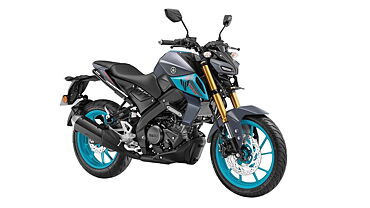
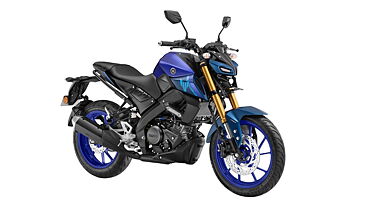
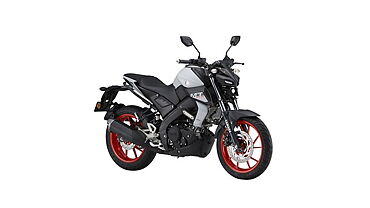
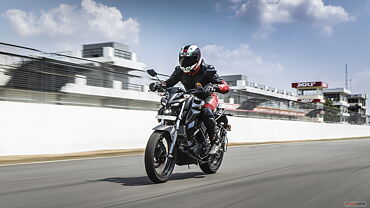
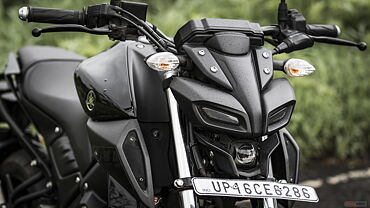
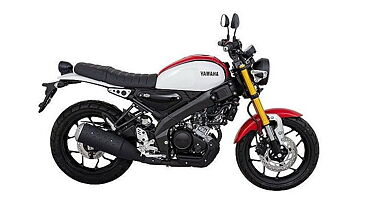

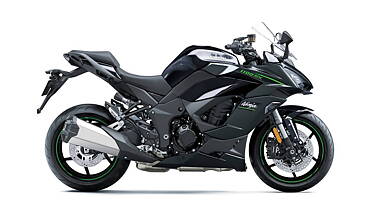

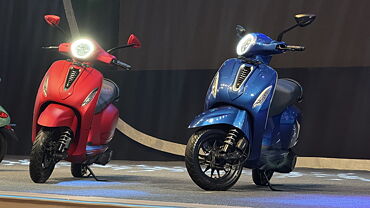

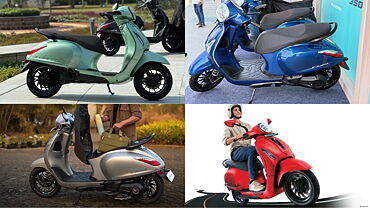
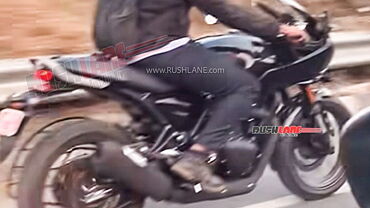

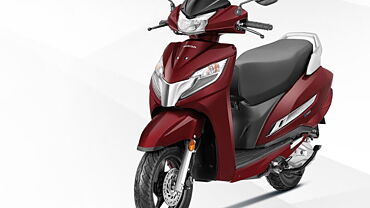
![Yamaha MT 15 [2020-2021] Exterior Yamaha MT 15 [2020-2021] Exterior](https://imgd.aeplcdn.com/199x112/bw/ec/38953/Yamaha-MT-15-Track-Ride-Review-152035.jpg?wm=2&q=80)
![Yamaha MT 15 [2020-2021] Exterior Yamaha MT 15 [2020-2021] Exterior](https://imgd.aeplcdn.com/199x112/bw/ec/39756/2019-BikeWale-TrackDay-Yamaha-MT-15-156045.jpg?wm=2&q=80)
![Yamaha MT 15 [2020-2021] Exterior Yamaha MT 15 [2020-2021] Exterior](https://imgd.aeplcdn.com/199x112/bw/ec/38953/Yamaha-MT-15-Track-Ride-Review-152036.jpg?wm=2&q=80)
![Yamaha MT 15 [2020-2021] Action Yamaha MT 15 [2020-2021] Action](https://imgd.aeplcdn.com/199x112/bw/ec/41724/Yamaha-MT-15-Action-166678.jpg?wm=2&q=80)
![Yamaha MT 15 [2020-2021] Action Yamaha MT 15 [2020-2021] Action](https://imgd.aeplcdn.com/468x263/bw/ec/41724/Yamaha-MT-15-Action-166679.jpg?wm=2&q=80)


